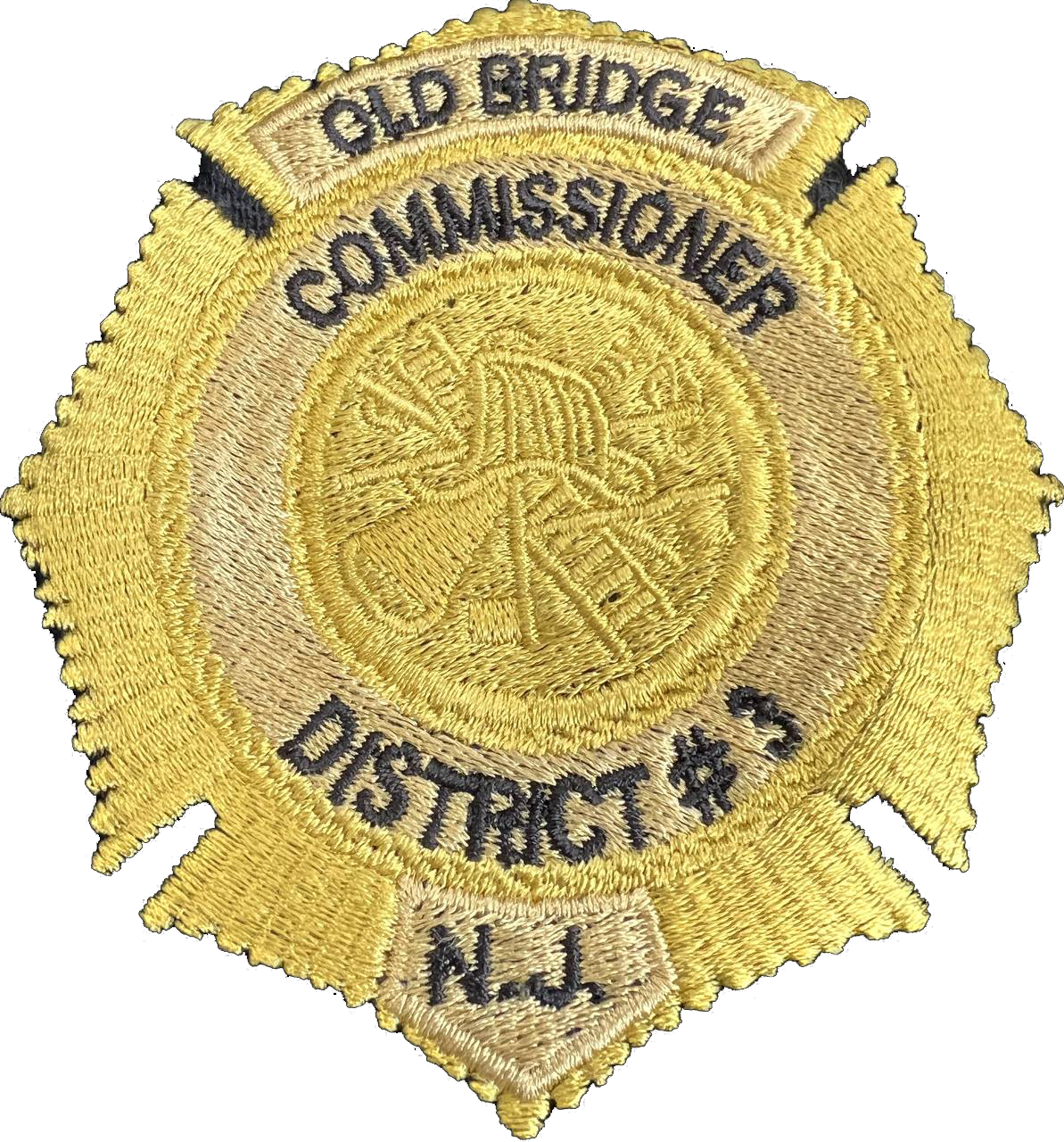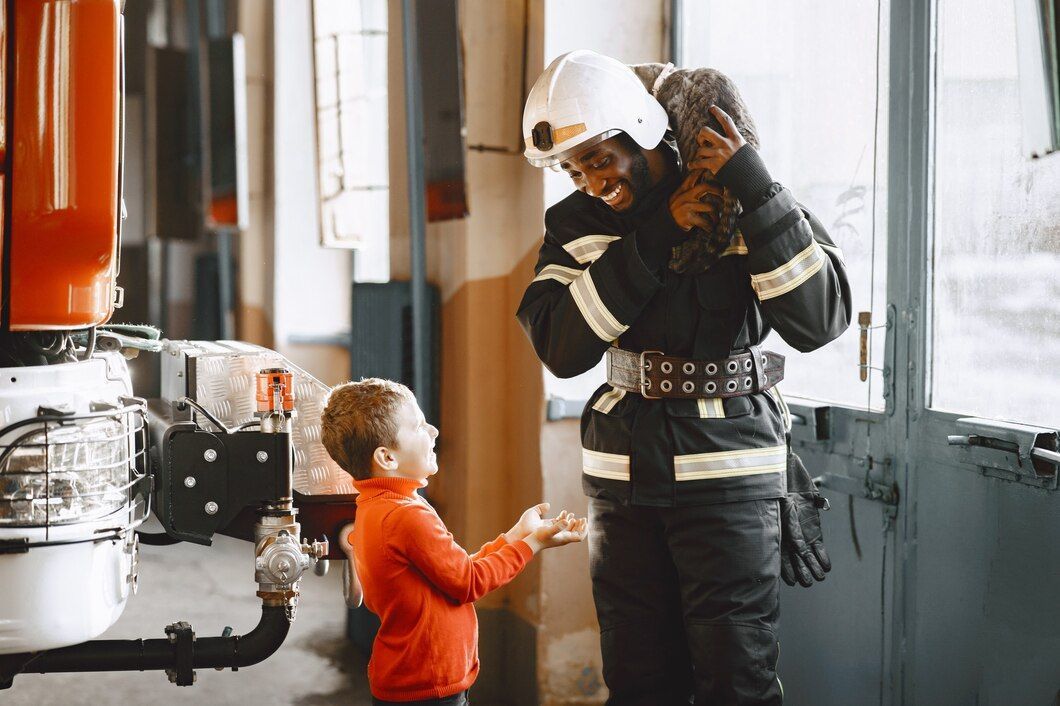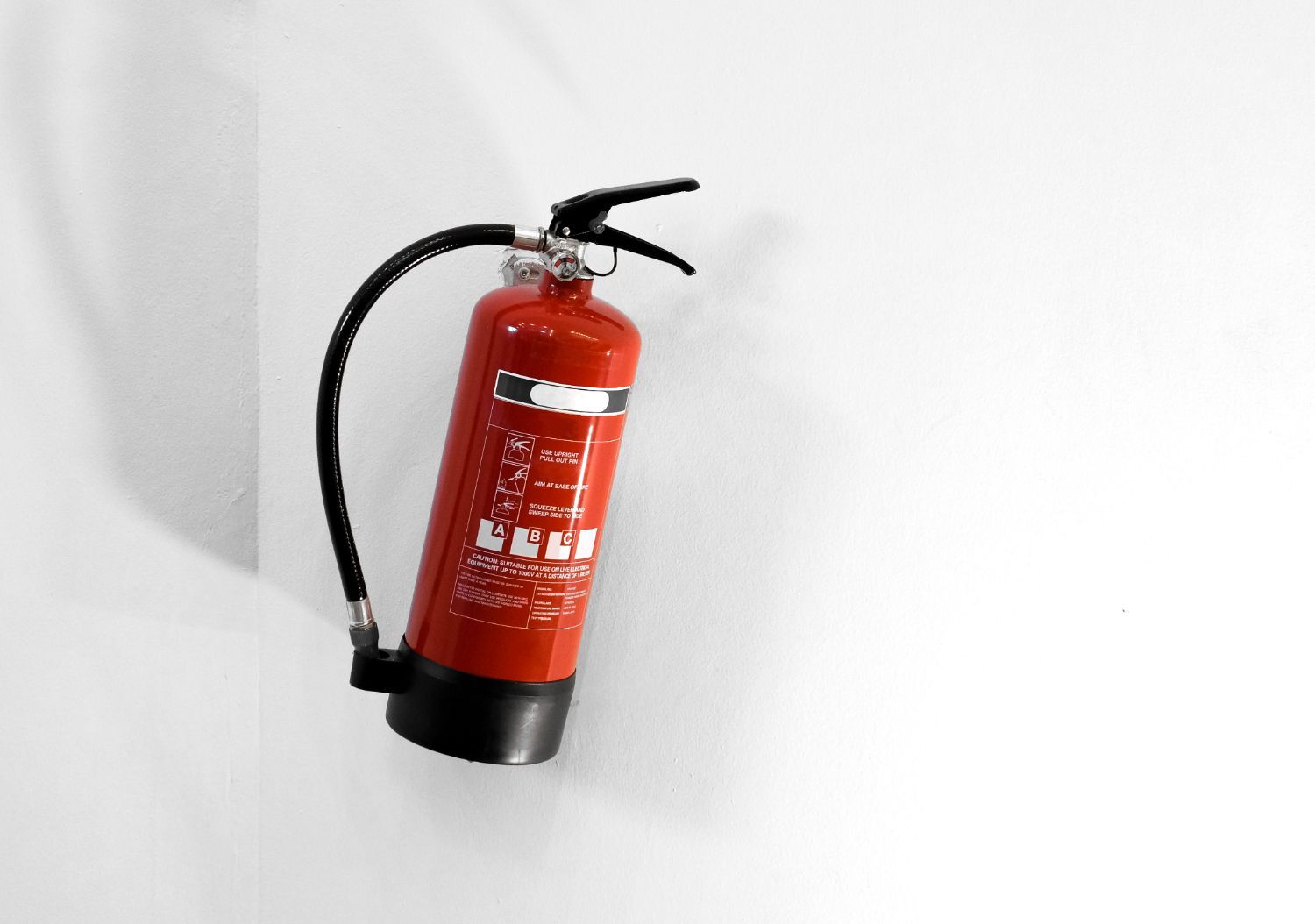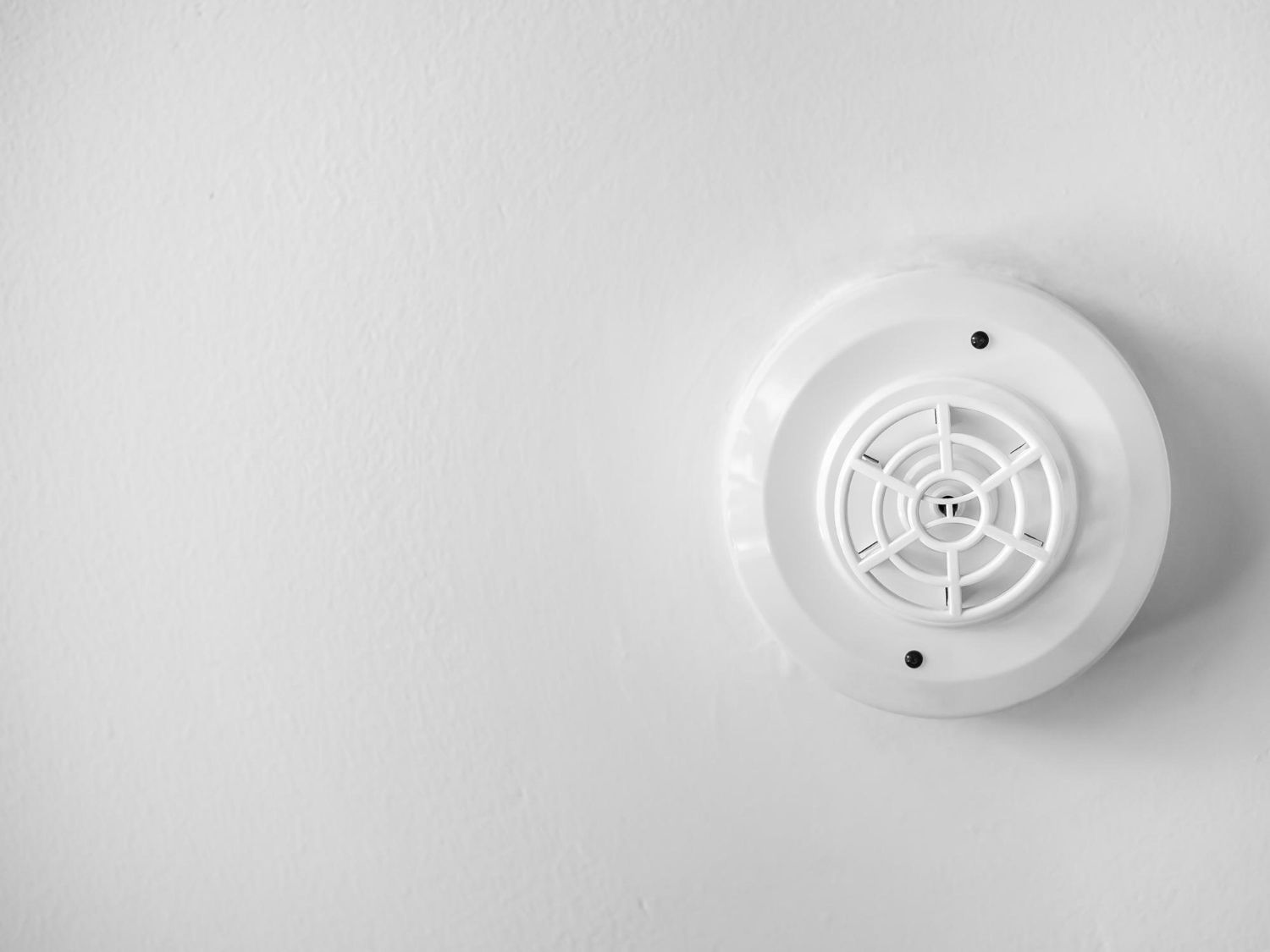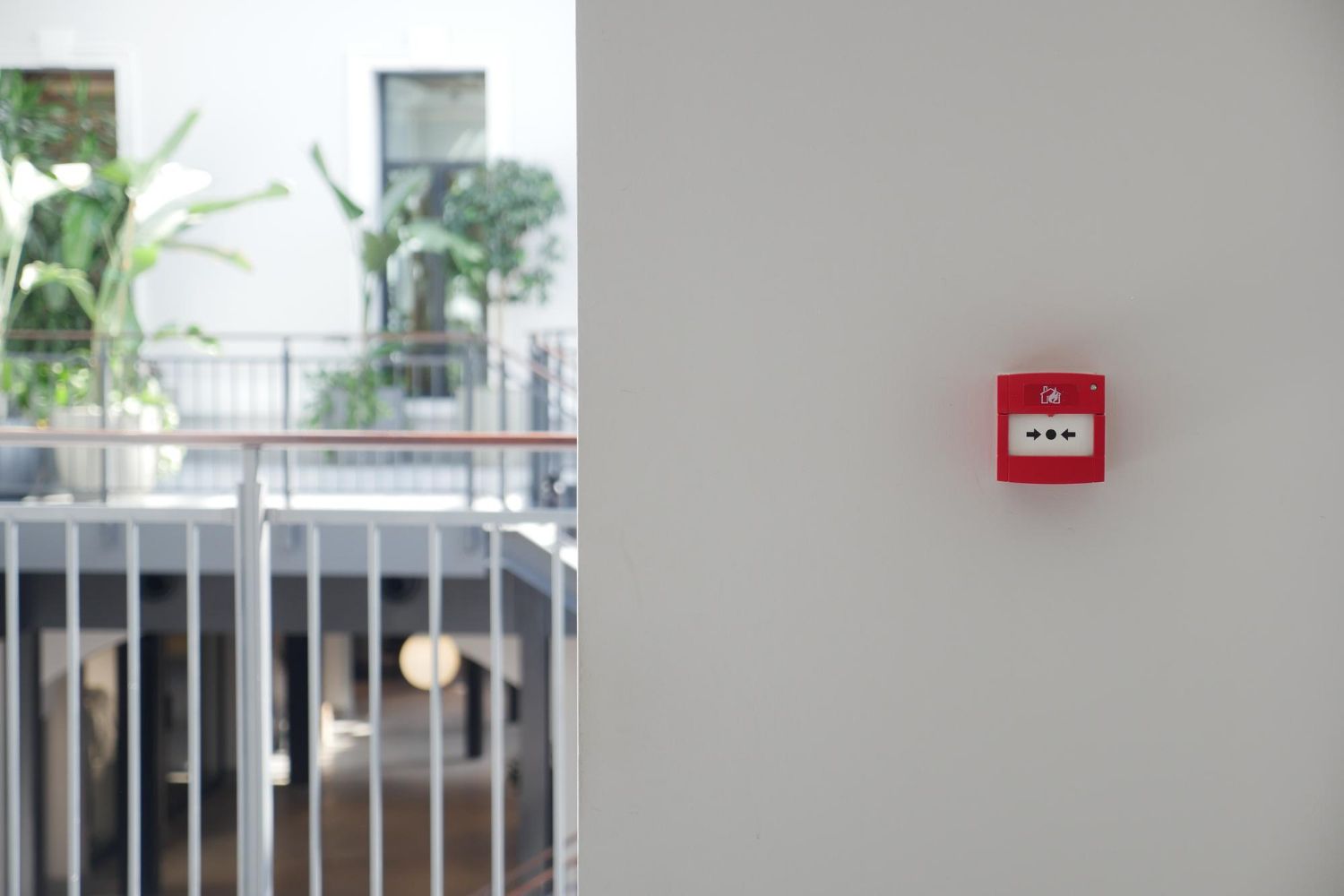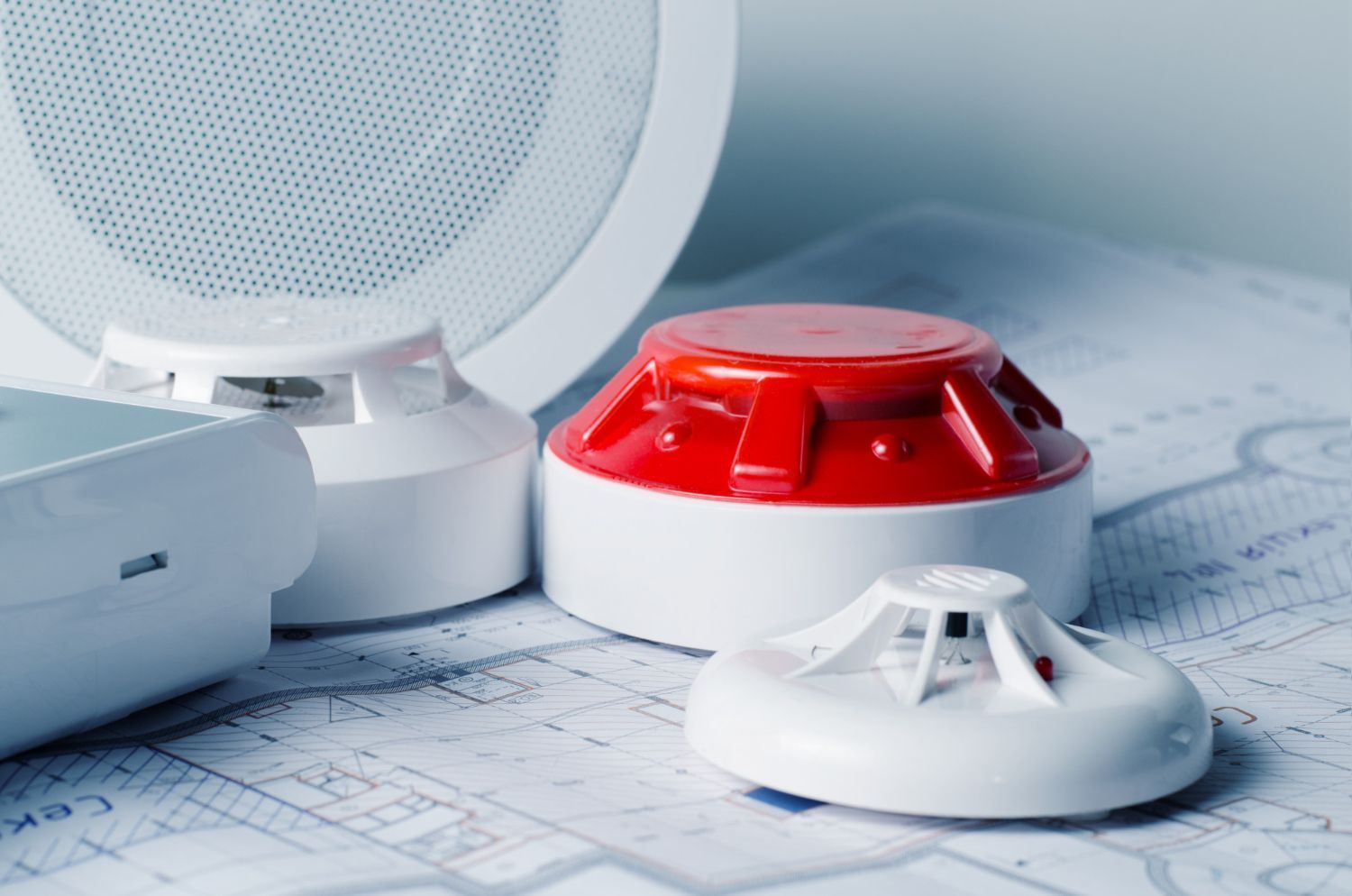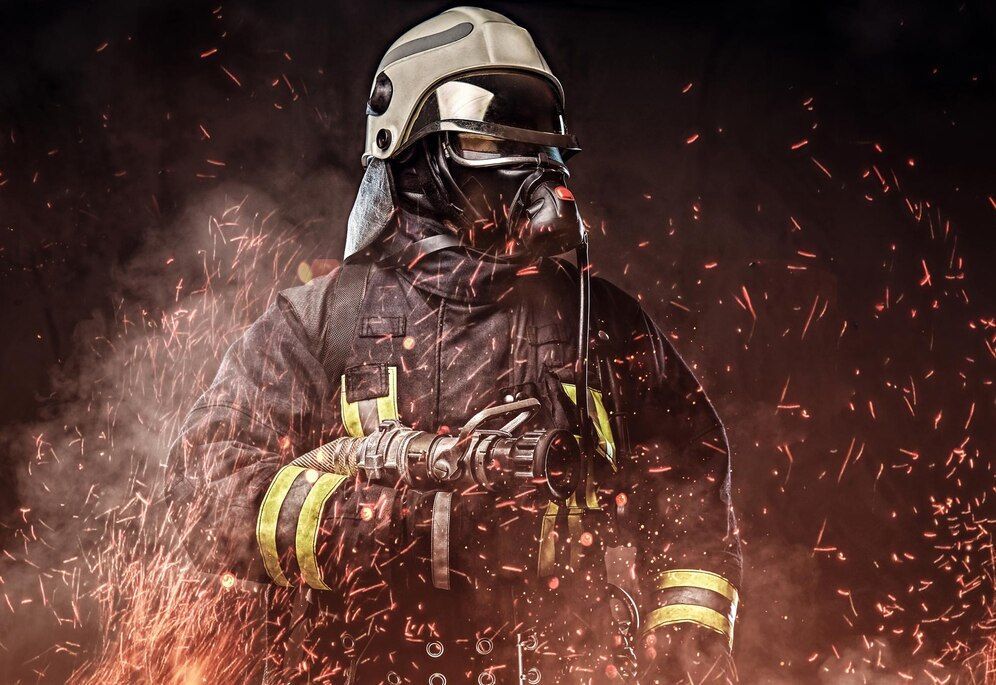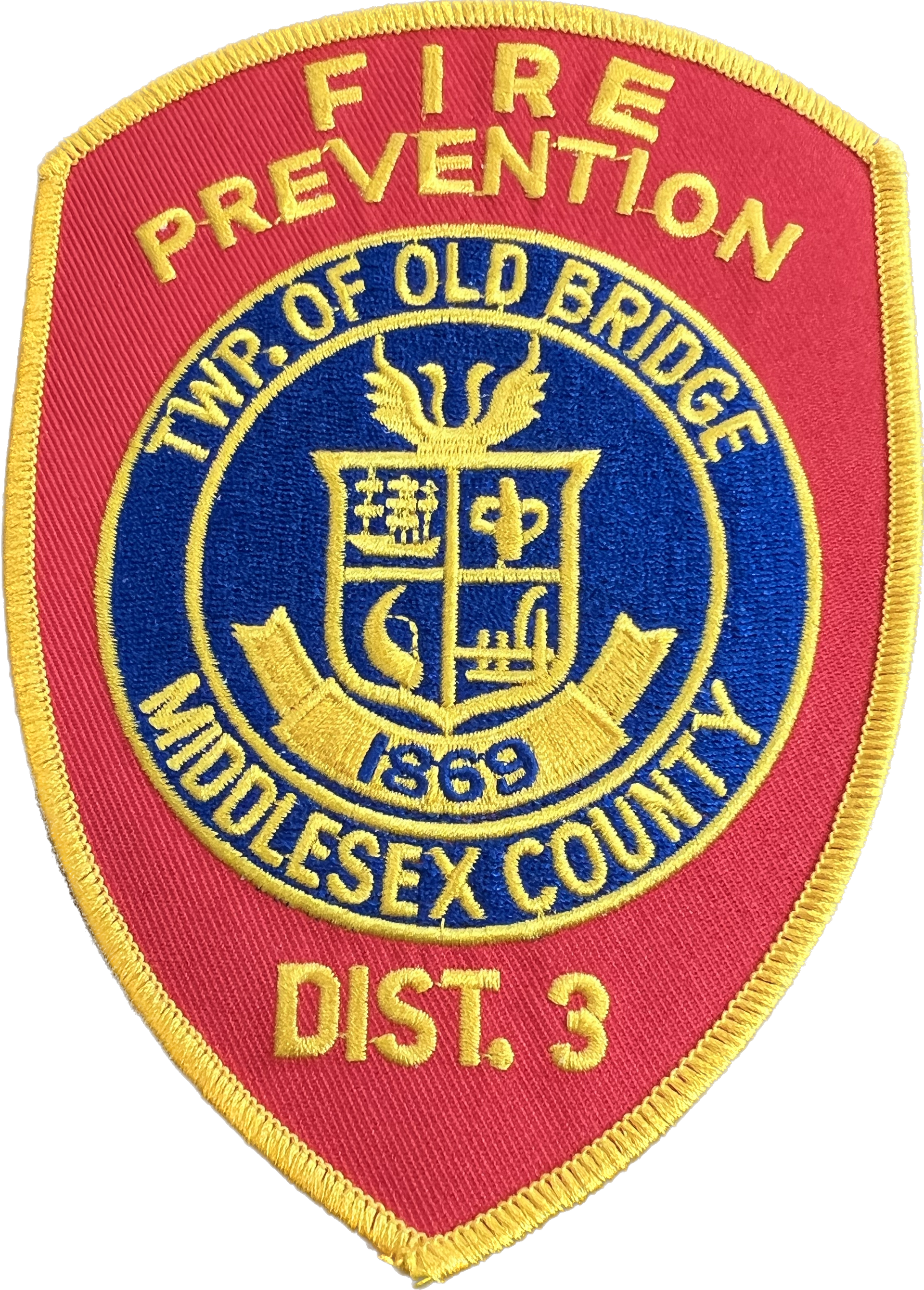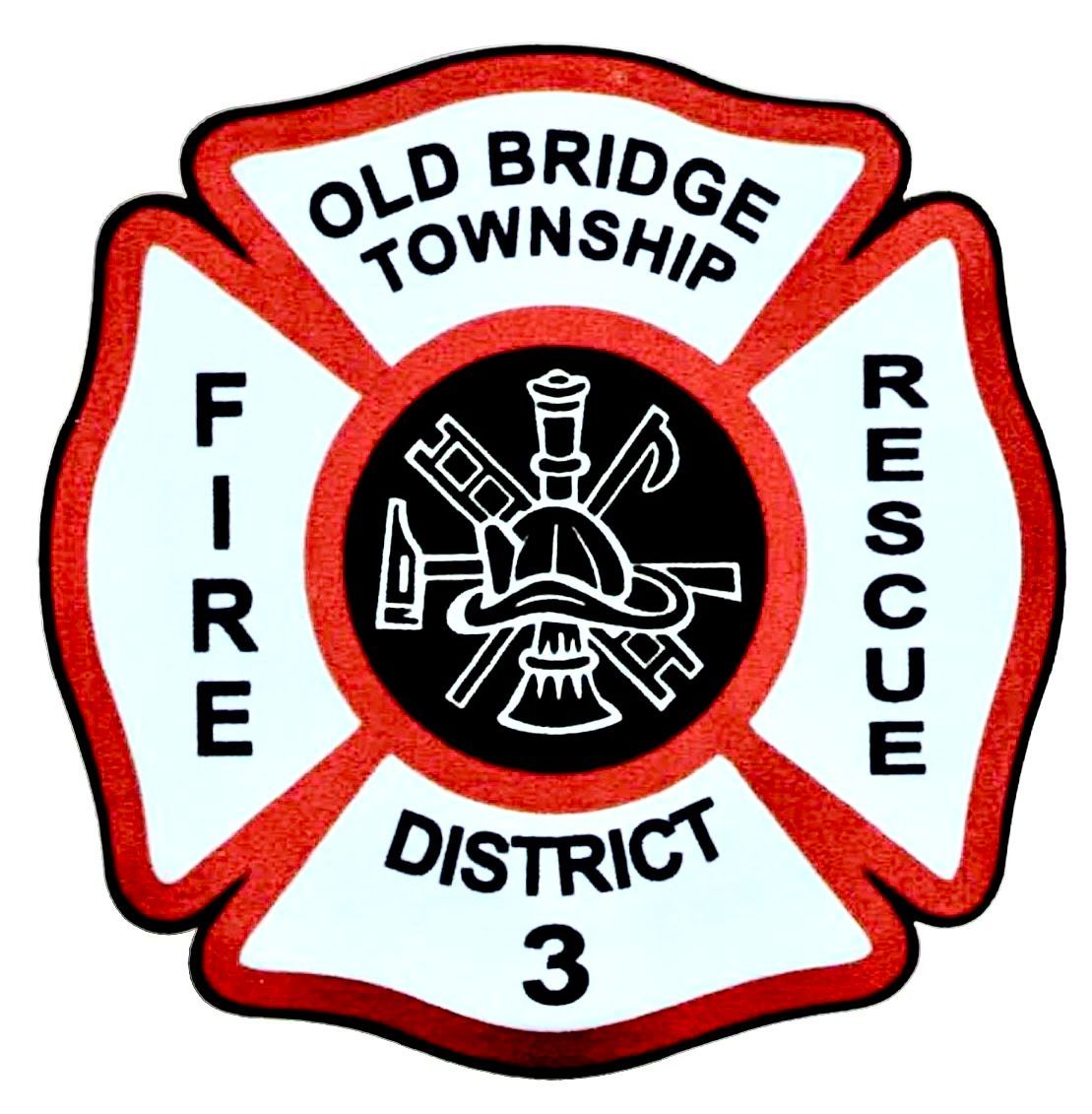The Essentials of Selection, Installation, and Maintenance for Homeowners
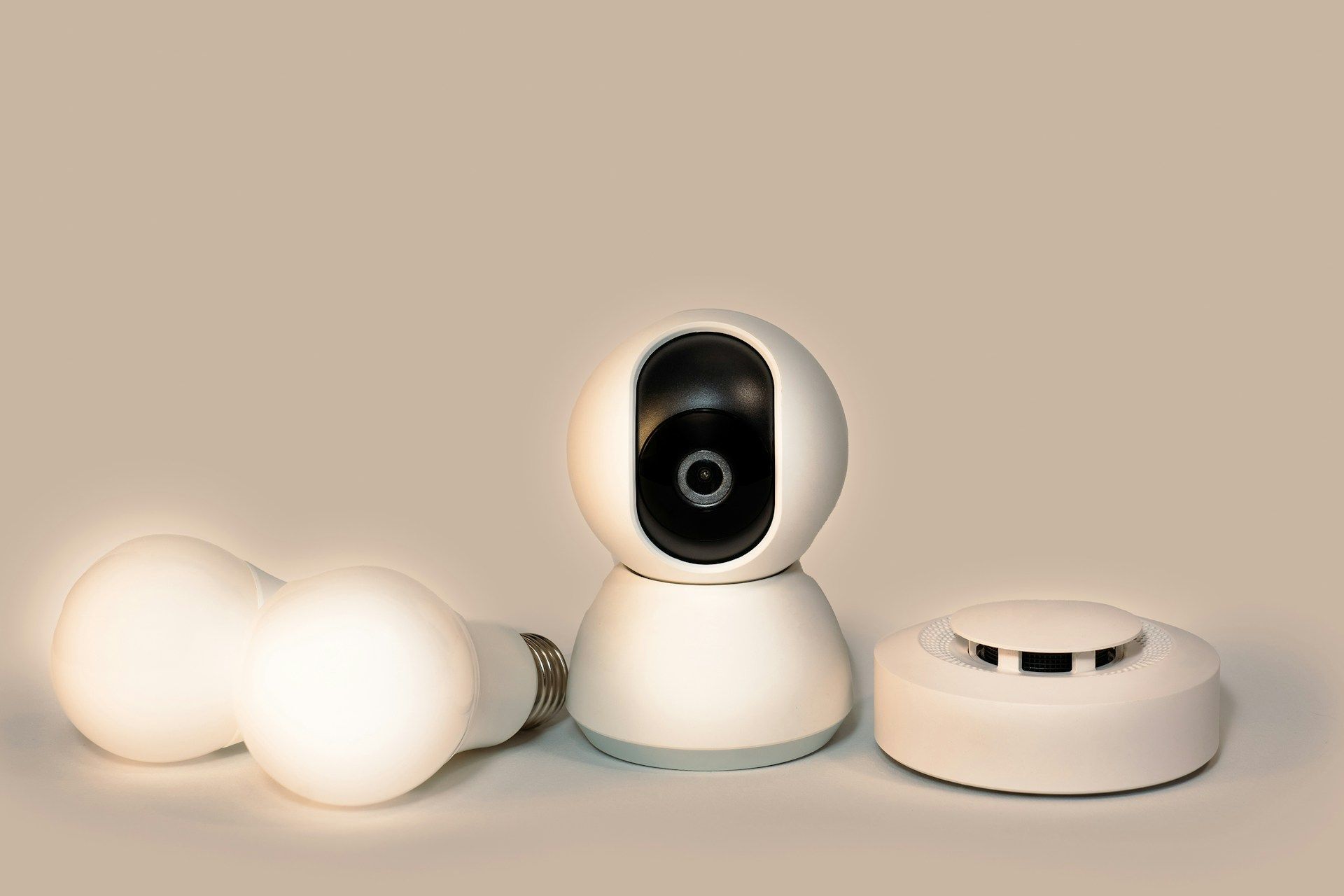
As part of our commitment to fire protection and public education, we recognize the pivotal role smoke alarms play in safeguarding lives and properties within our community. These essential alarms serve as an early warning system, providing precious time for occupants to escape when a fire occurs. Given their importance, it is crucial that we, as homeowners, have a comprehensive understanding of smoke alarm safety, specifically in terms of proper selection, installation, and maintenance.
By sharing our collective knowledge on smoke alarm safety through a detailed blog post, our goal is to empower residents of our district to make informed decisions regarding the protection of their homes and families. This indispensable resource will cover key factors to consider when selecting a smoke alarm, optimal placement and installation techniques, and best practices for testing, cleaning, and maintaining these crucial devices.
1. Choosing the Right Smoke Alarm for Your Home
Understanding the differences between types of smoke alarms and their capabilities ensures you select the most appropriate option for your home:
- Photoelectric Smoke Alarms: These alarms are sensitive to smoldering fires, such as those caused by faulty wiring or cigarettes. They detect slow-burning fires quickly and produce fewer false alarms from cooking or steam.
- Ionization Smoke Alarms: This type of alarm is more effective at detecting fast-flaming fires, such as those caused by paper or flammable liquids. Ionization alarms respond quickly to fires that produce flames rather than slow-burning embers.
- Dual-Sensor Smoke Alarms: These devices combine both photoelectric and ionization sensors in one unit, providing comprehensive fire detection coverage. Dual-sensor alarms offer increased protection against both smoldering and fast-flaming fires.
- Smart Smoke Alarms: These devices connect to your home's Wi-Fi network and send real-time notifications to your smartphone or tablet if an alarm is triggered. Some smart alarms also feature interconnectivity, causing all connected alarms to sound when one detects a fire.
When selecting a smoke alarm, ensure the device is tested and certified by an independent testing laboratory, such as UL (Underwriters Laboratories) or ETL (Intertek Testing Services).
2. Proper Placement and Installation of Smoke Alarms
Following proper installation guidelines can make all the difference when it comes to ensuring your smoke alarm's effectiveness:
- Location: Install smoke alarms in every bedroom, outside each sleeping area, and on every level of your home, including the basement. For additional protection, consider installing alarms inside bedrooms or near highly fire-prone areas, such as the kitchen or garage.
- Positioning: Mount smoke alarms on ceilings or high on the wall, as smoke rises. Keep alarms at least 10 feet away from cooking appliances and 3 feet away from bathroom doors to avoid false alarms.
- Interconnectivity: Choose interconnected smoke alarms, so when one sounds, they all do. This feature is crucial for early warning, especially in larger homes where multiple devices are installed.
- Installation: Follow the manufacturer’s instructions for proper installation and mounting. Hardwired alarms require professional installation, while battery-powered and wireless alarms tend to have a simpler, DIY installation process.
3. Testing, Cleaning, and Maintaining Your Smoke Alarms
Regular maintenance is essential to ensuring your smoke alarms remain functional and effective:
- Testing: Test smoke alarms at least once a month by pressing the test button on the device. This action confirms that the alarm is operating correctly and verifies the working condition of the battery, power source, and wiring connections.
- Battery Replacement: Replace batteries in battery-operated alarms annually or as needed. For hardwired alarms with battery backups, change the backup battery at least once a year. Use the device's low-battery signal as a reminder to replace batteries.
- Cleaning: Keep your smoke alarms clean by removing dust, cobwebs, and debris with a vacuum cleaner or soft brush. Never use chemicals or water, as they can cause device malfunction.
- Replacement: Replace your smoke alarms every 10 years or according to the manufacturer's recommendations. Over time, the device's sensors degrade, affecting the alarm's reliability and responsiveness.
4. Teaching Your Family About Smoke Alarm Safety
Education and planning are critical to ensuring your family responds quickly and calmly in the event of a fire:
- Fire Escape Plan: Develop a fire escape plan that outlines multiple exit routes, a designated meeting spot outside the home, and designated responsibilities during an evacuation. Practice the plan regularly to ensure everyone is familiar with the procedures.
- Smoke Alarm Recognition: Teach your family to recognize the sound of the smoke alarm and understand what it means. Discuss with them the importance of acting quickly if the alarm sounds.
- Evacuation Drills: Conduct regular fire drills with your family to practice your escape plan and reinforce everyone's understanding of their responsibilities during an emergency.
Championing Smoke Alarm Safety in Our Community
By being well-informed about smoke alarm safety, we can ensure that our homes and families are adequately protected against the threat of fires. By choosing the right smoke alarms, adhering to proper installation guidelines, and maintaining our devices regularly, we can significantly reduce the risk of fire-related tragedies in our district.
Education and awareness about the safety of smoke alarms should be a top priority for all residents. Let us take the lead as ambassadors in our community, sharing essential knowledge and best practices surrounding smoke alarm selection, installation, and maintenance. By spreading this crucial information about
fire prevention, together, we can make our district a safer place for everyone.
Boost smoke alarm safety within our district by sharing the Board of Fire Commissioners, Fire District 3, Township of Old Bridge’s essential homeowner's guide to smoke alarm selection, installation, and maintenance with your family and friends.
